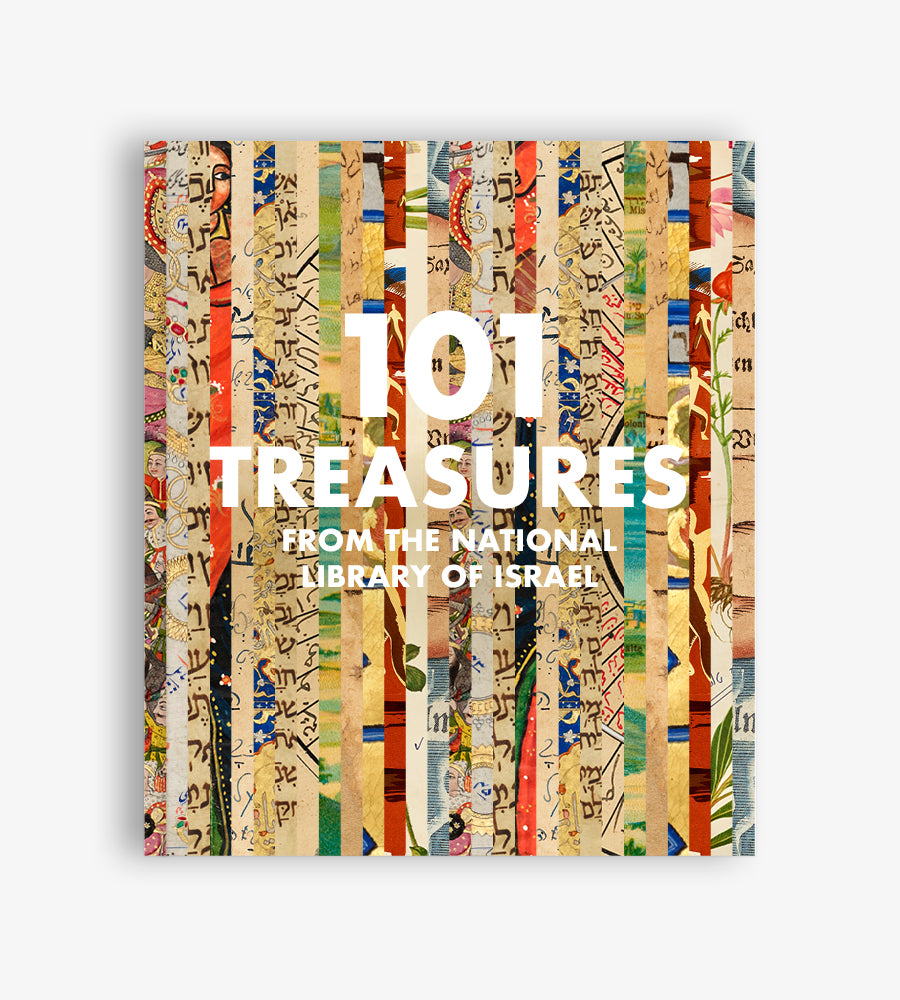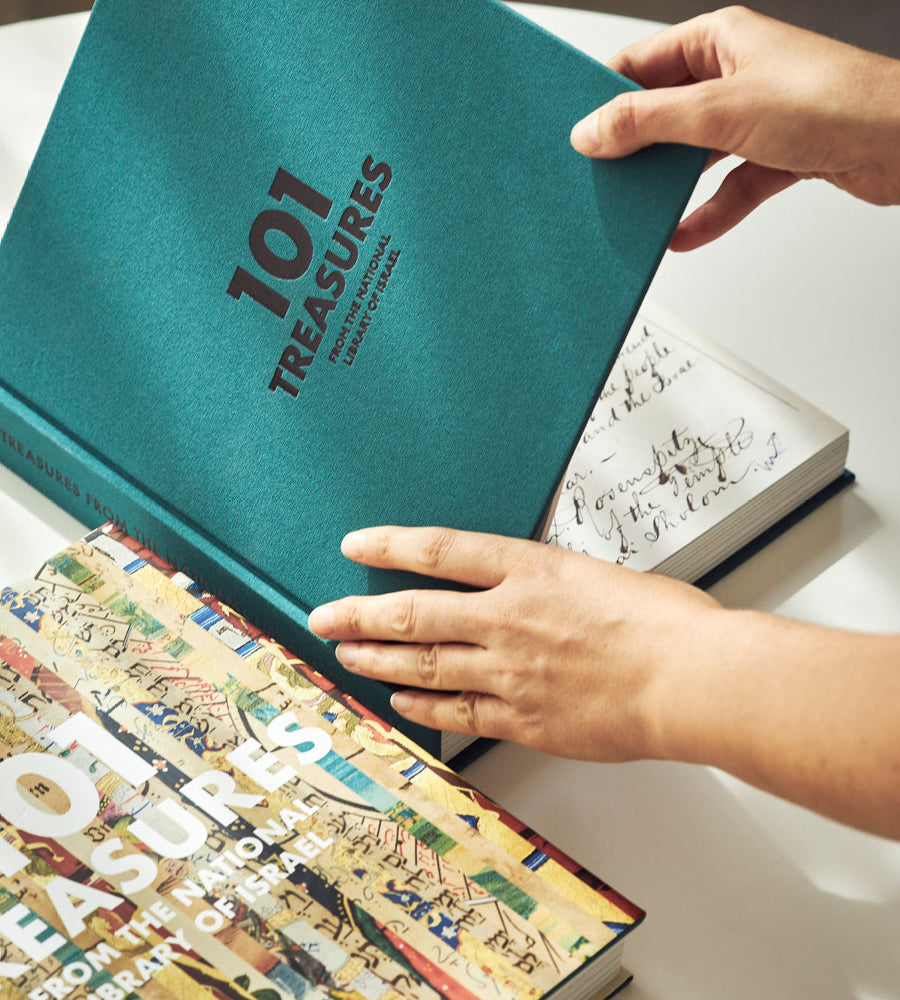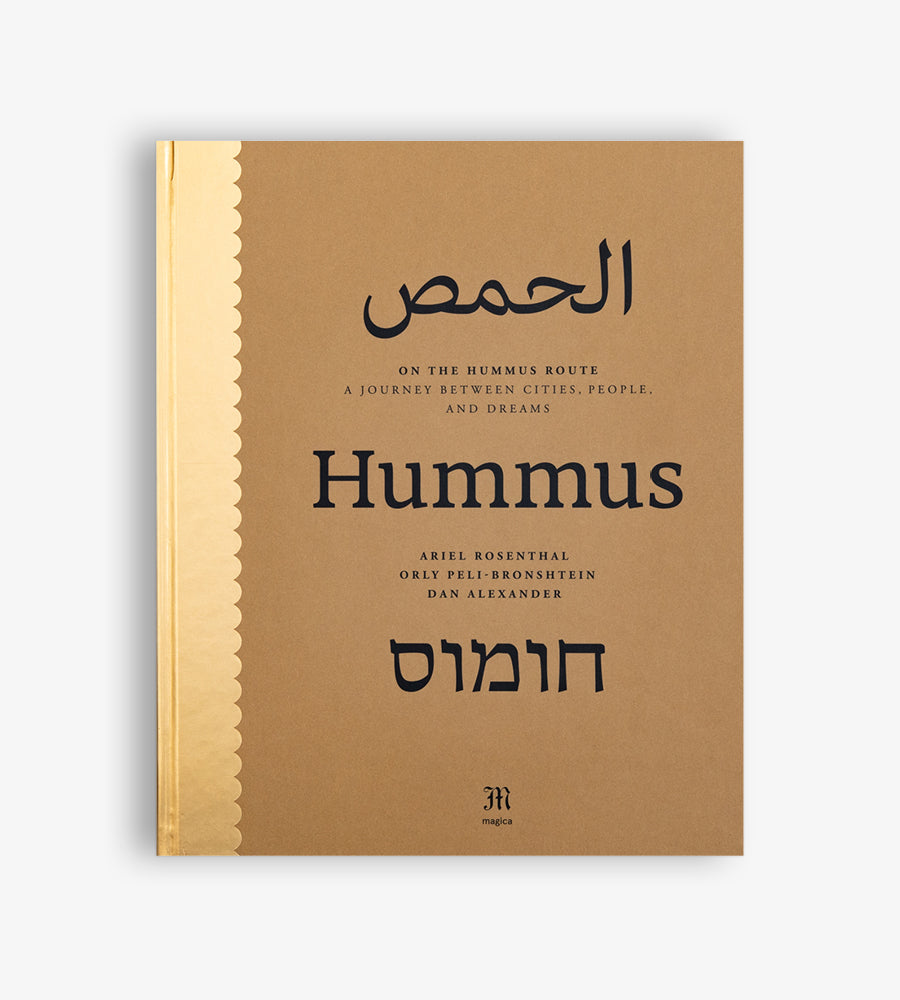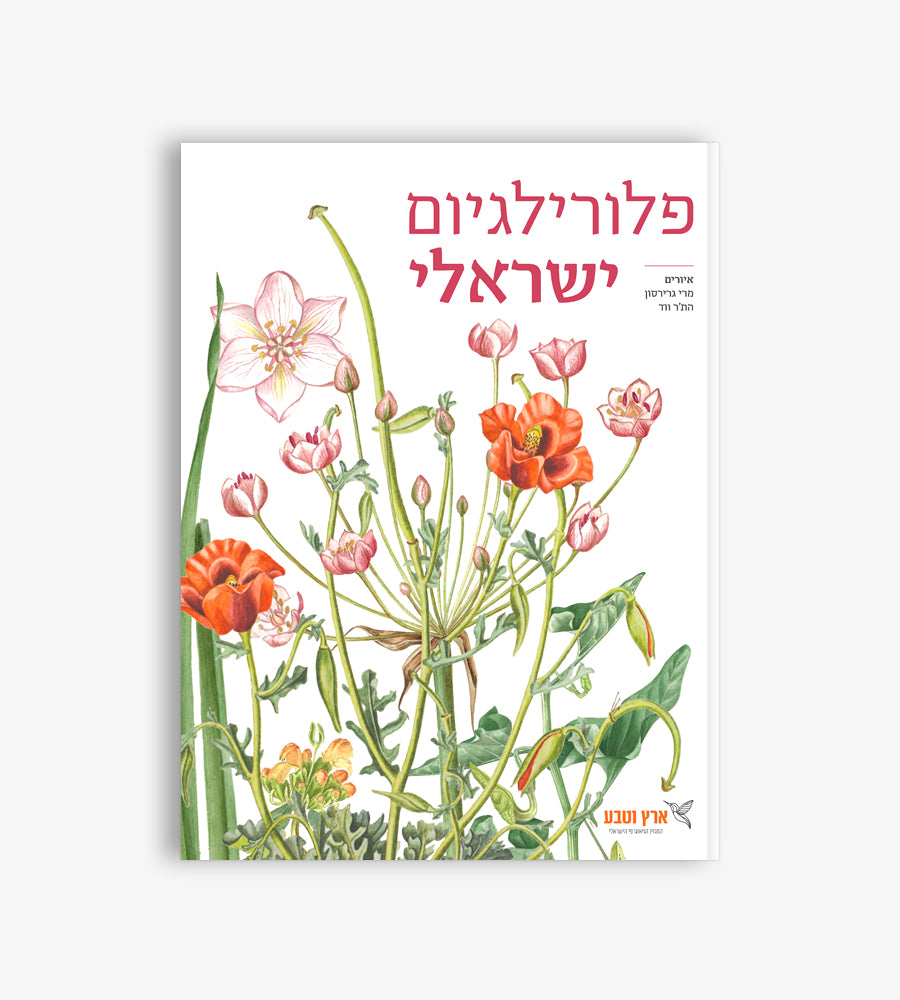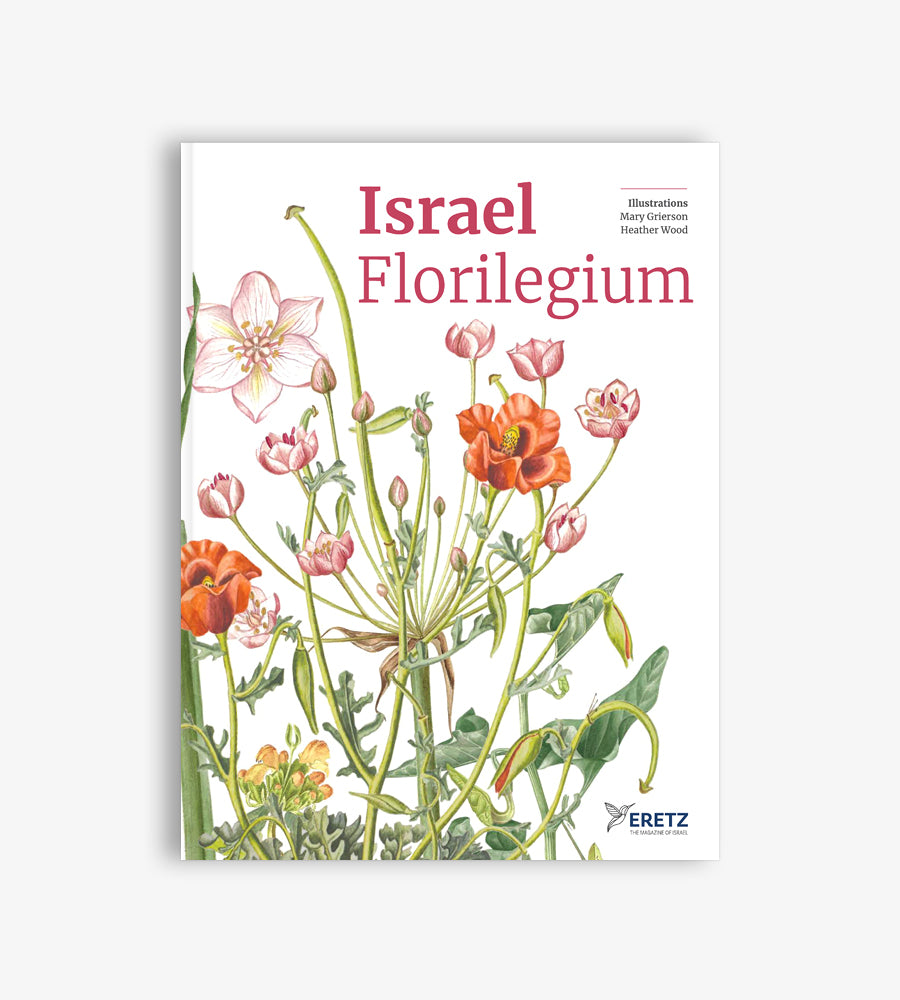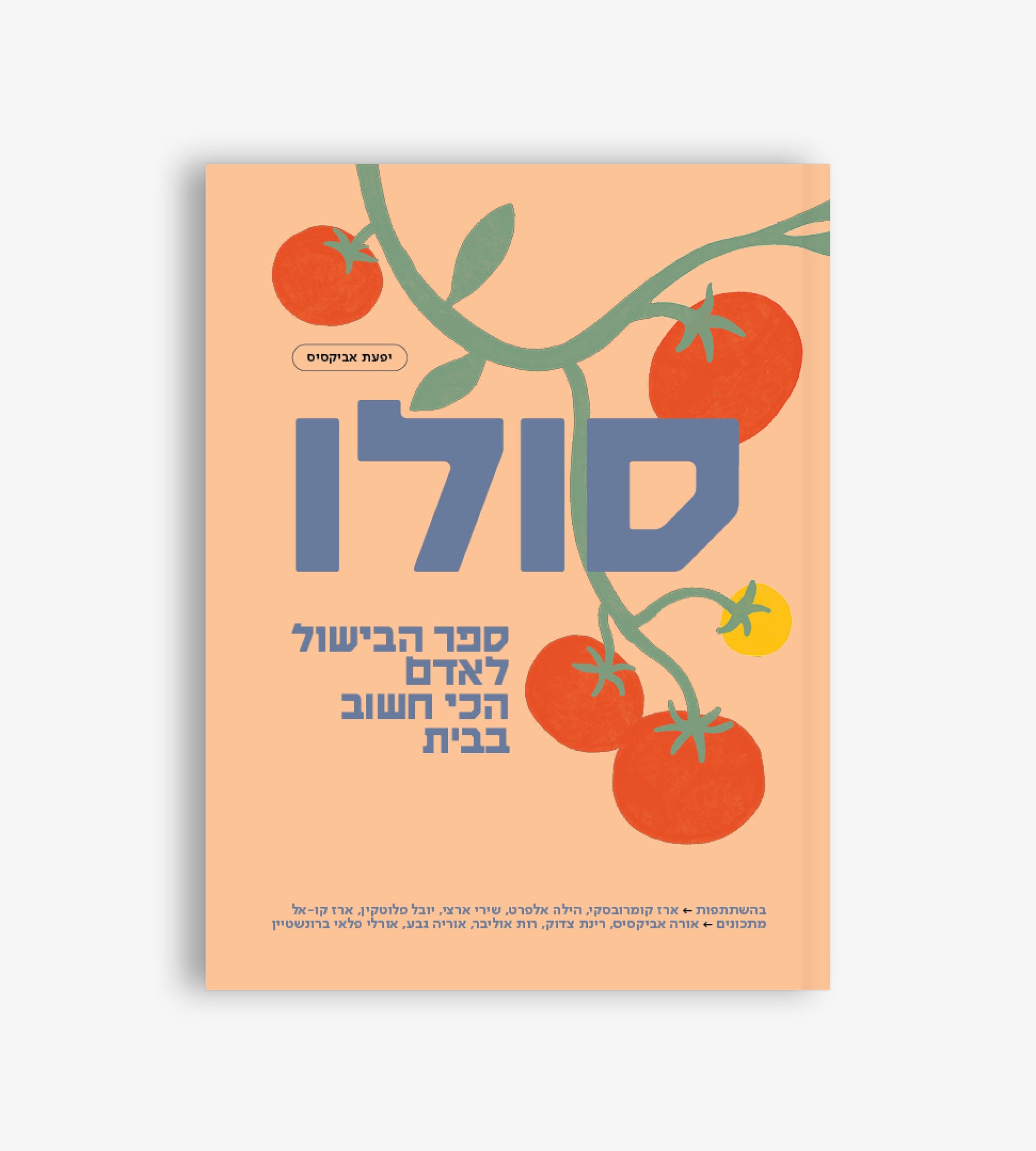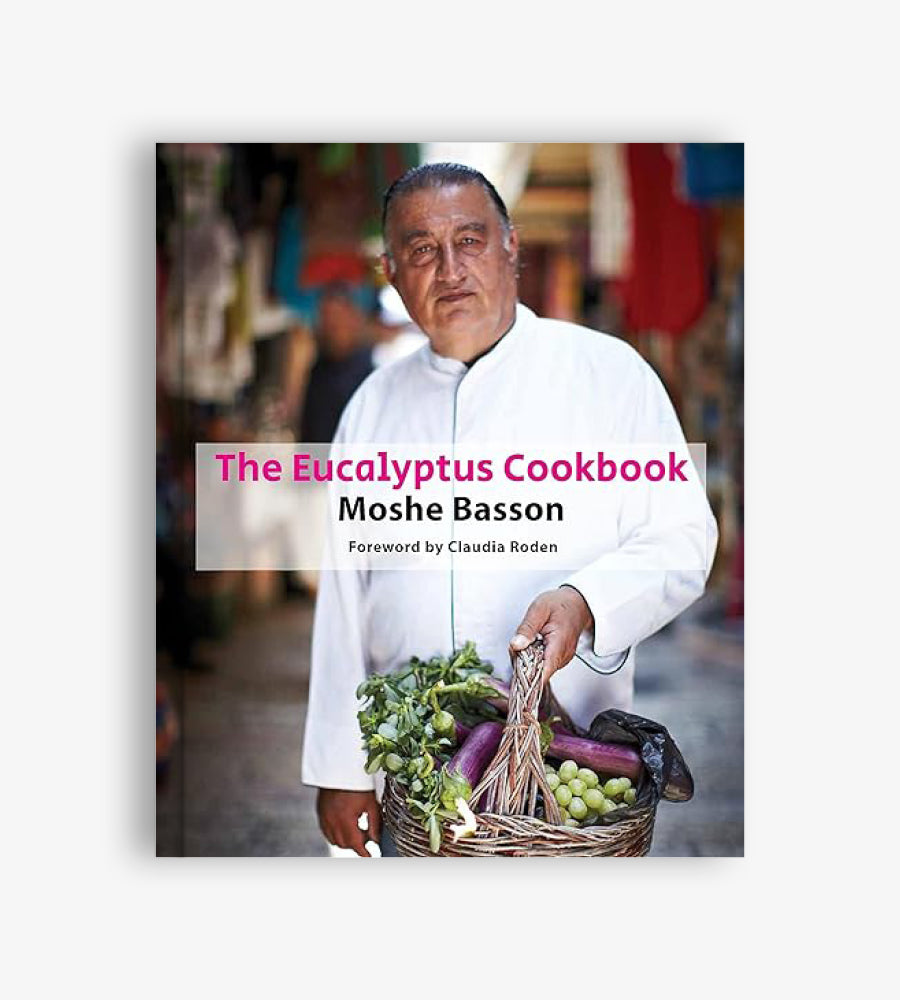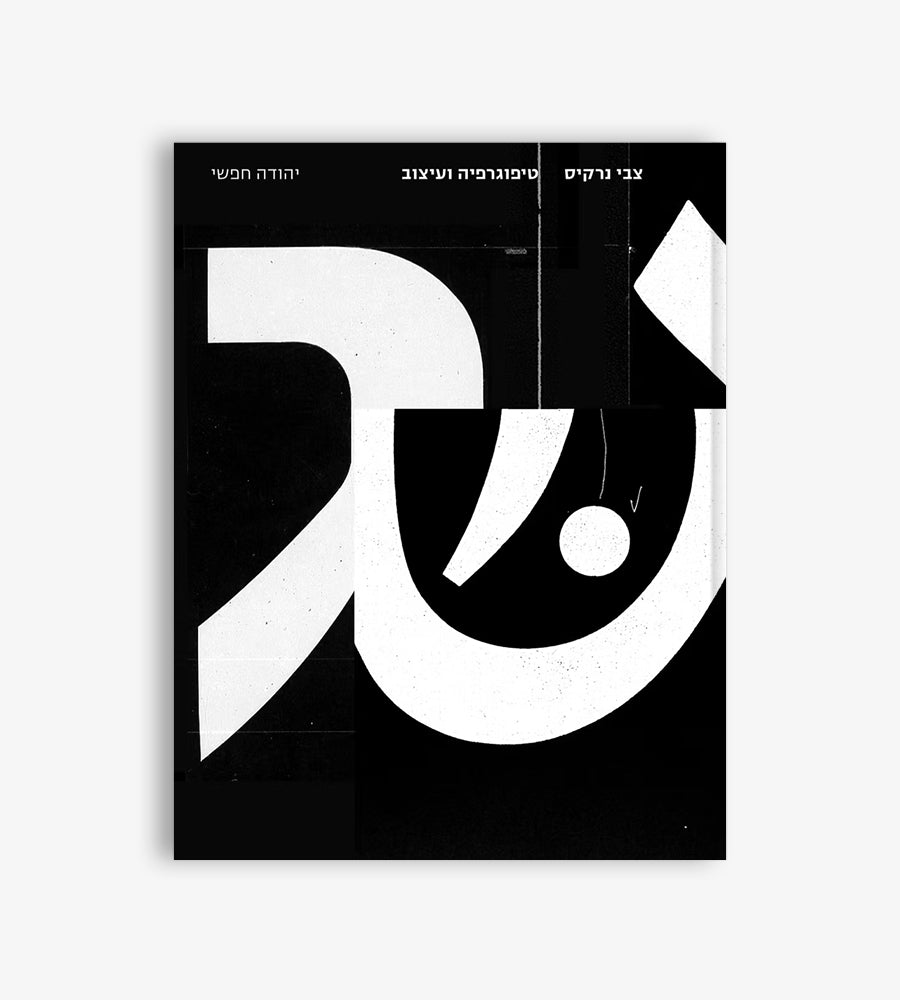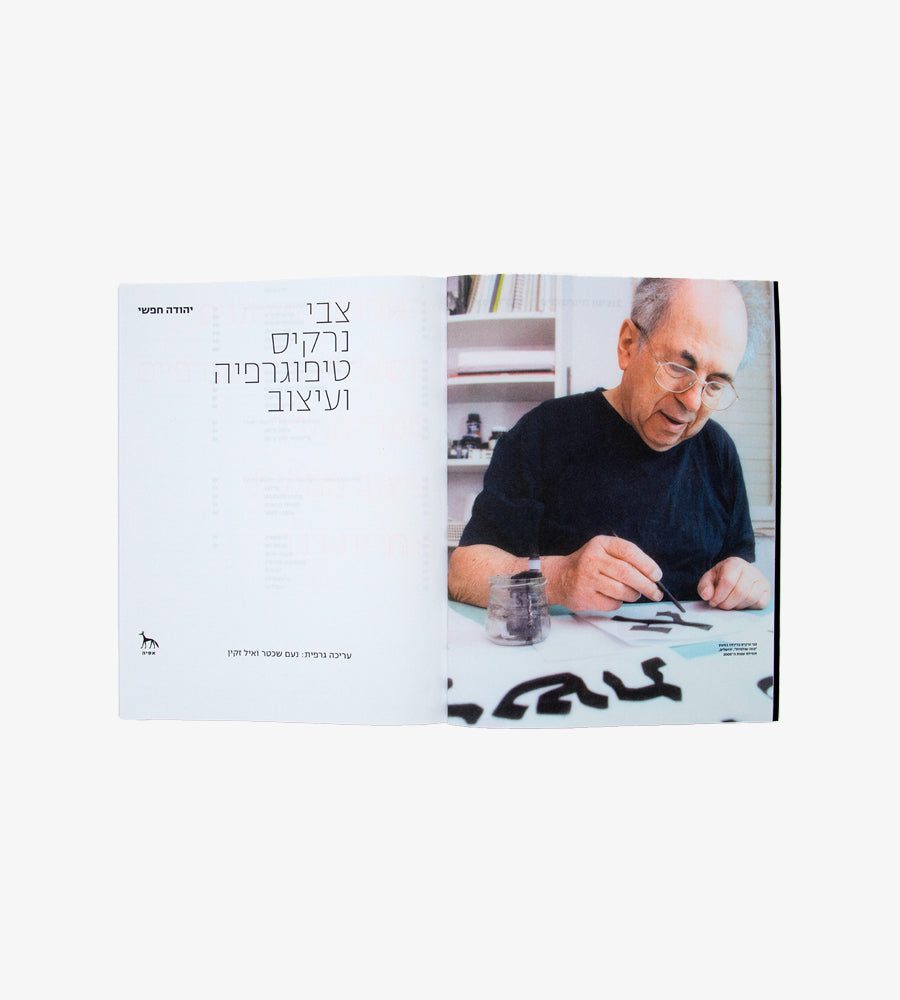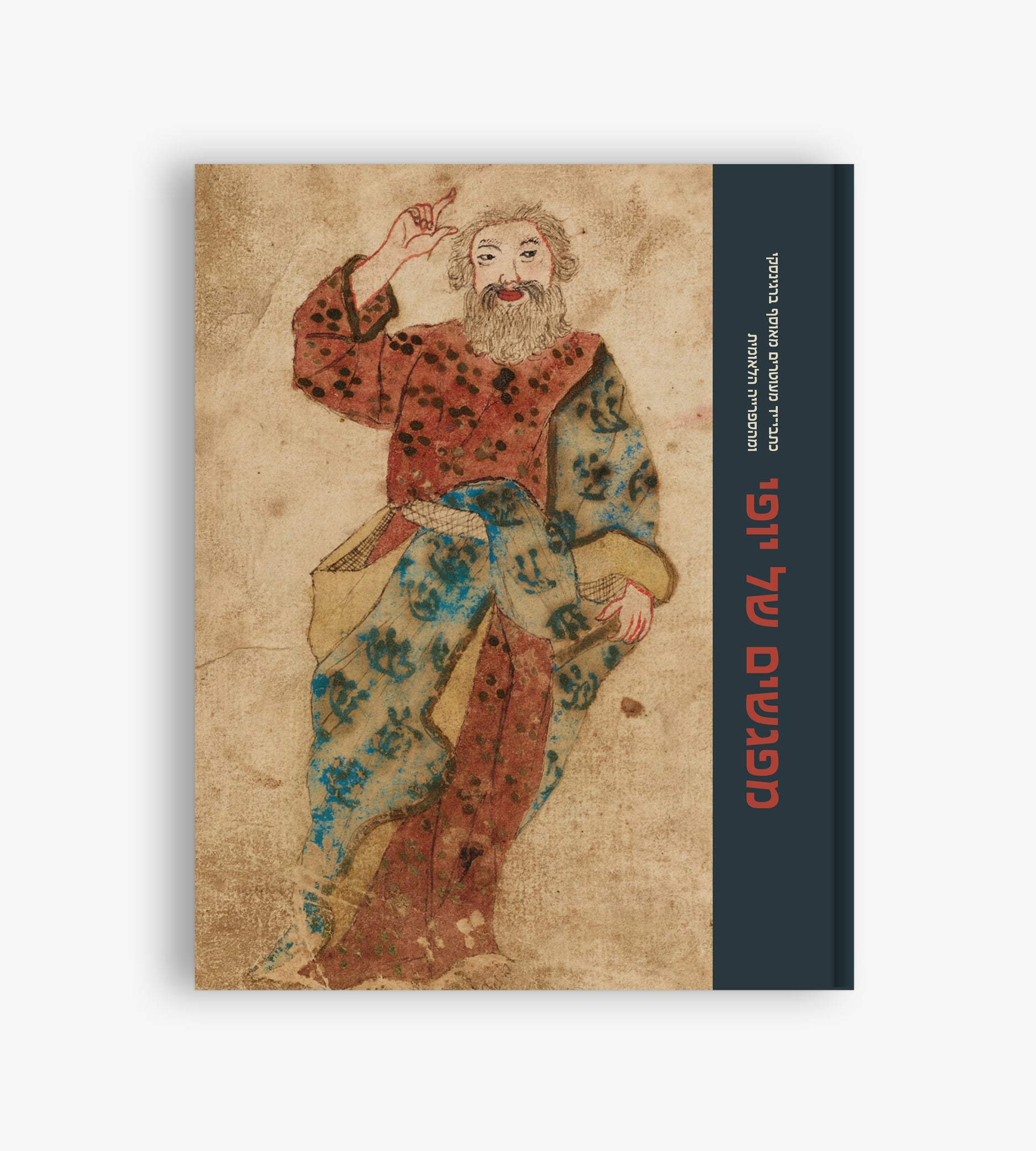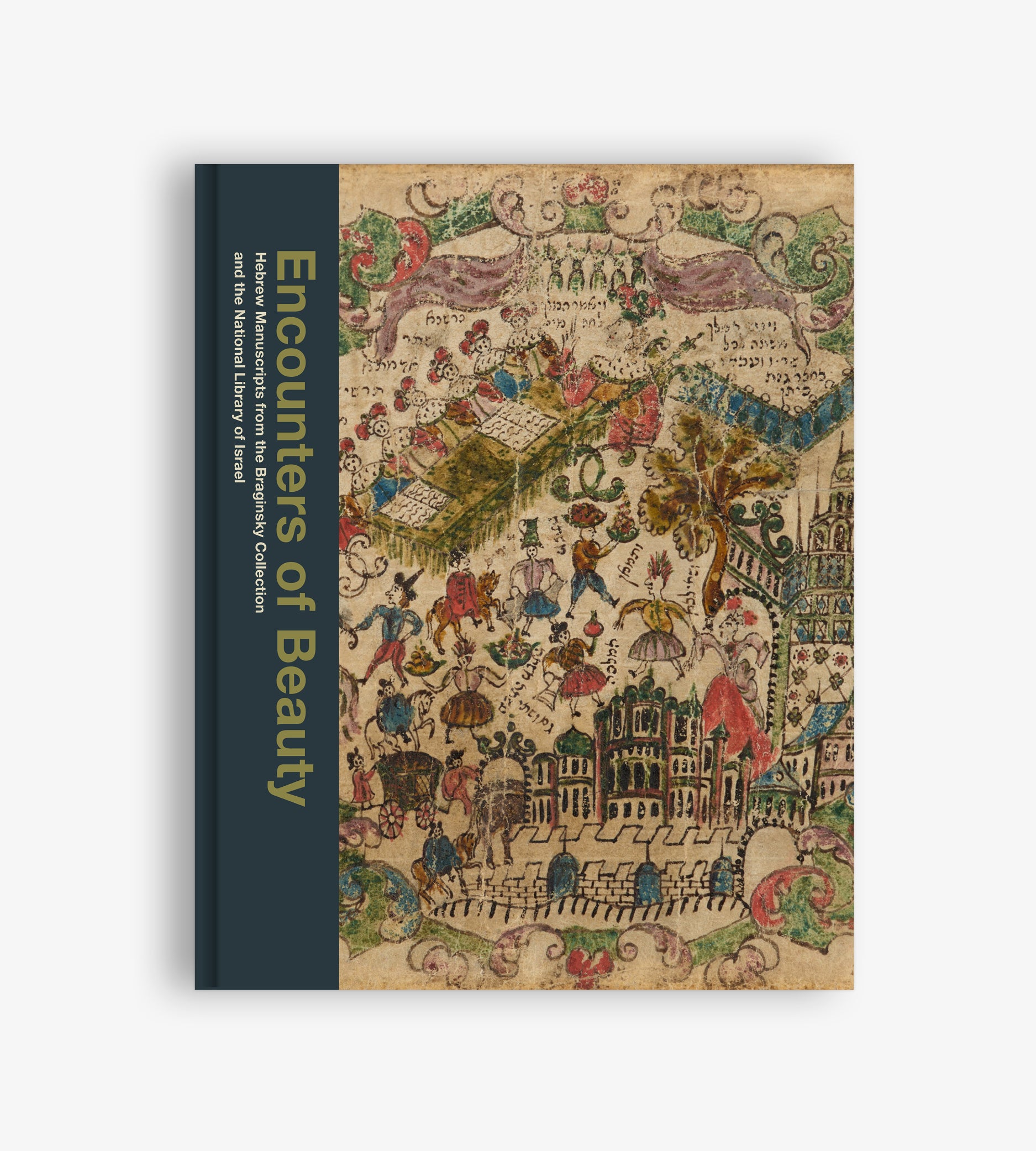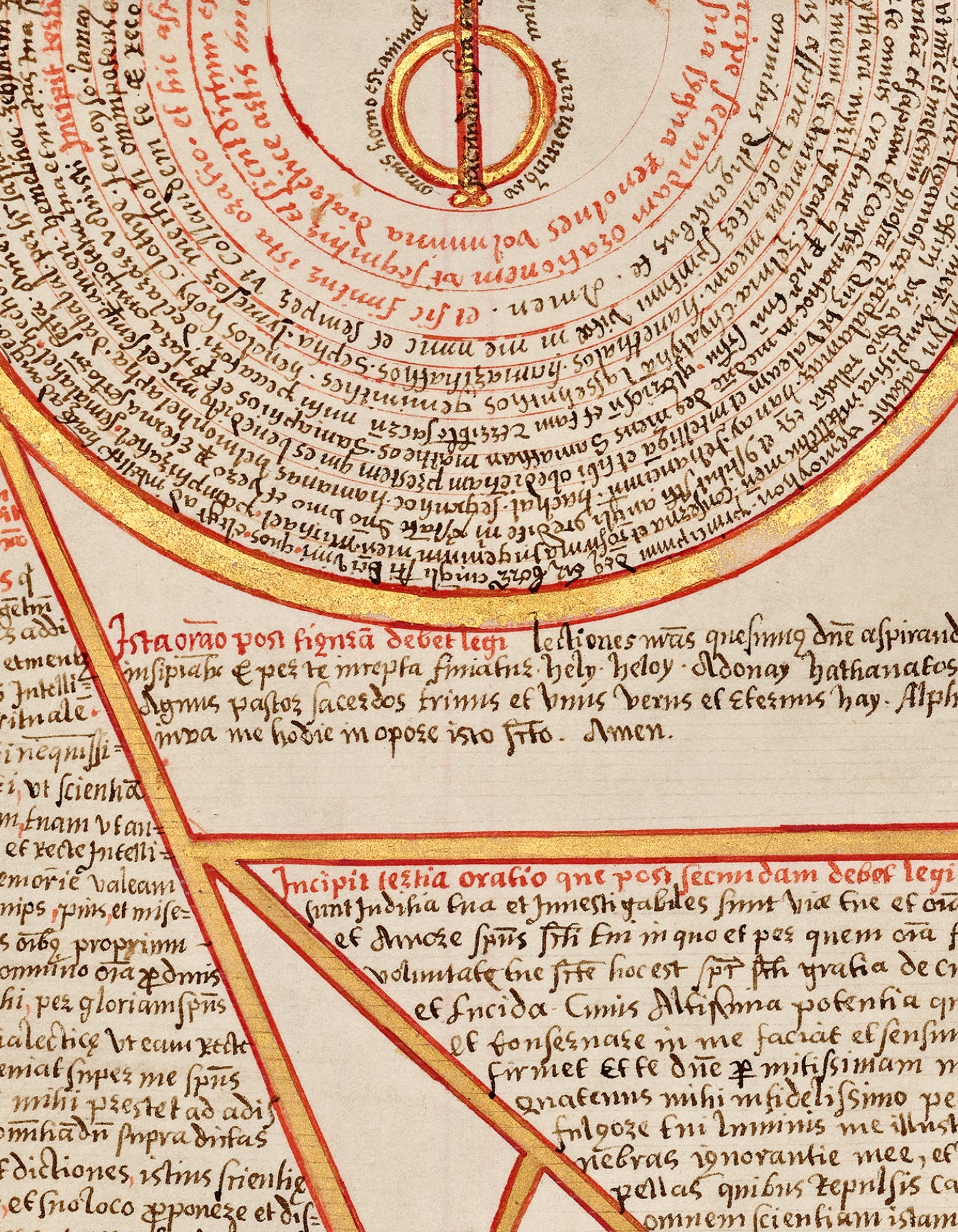
Secrets of Solomon
Stefan Litt

The dream of unlimited knowledge is as old as humanity. Countless generations of scholars and students have tried to find effective ways of gaining maximum knowledge, sometimes even turning to magic powers for this purpose. The Ars Notoria (Notory Art) was a medieval Christian text aimed at invoking protection from heaven and providing quick access to knowledge. It was believed to have its roots in King Solomon’s wisdom but was, in fact, created in the thirteenth century by the occultist Michael Scot (ca. 1180–1235), who linked it to Solomon’s name for credibility.
One of the National Library’s largest manuscripts, measuring 52 cm by 44 cm, is the Liber de Arte Memorativa, a richly illustrated text on parchment. Clearly related to the Ars Notoria’s “Solomonic” tradition, this manuscript is more elaborate and offers a number of mnemonic principles whose impact is enhanced with figures and illustrations. It is thought to have been written by the English occultist and astrologer Simon Forman (1552–1611), known to have been close to Shakespeare’s circle. Forman left his name in the manuscript’s colophon, where he claims to have drawn and written the complete volume in his own hand in 1600. Entries in his diary suggest that he copied it from an older manuscript.
The composition of the Liber de Arte Memorativa follows the seven classic categories of knowledge: the seven Liberal Arts. The unusual design of the manuscript indicates that it was intended for participation in semi-occult acts in which the reader’s position in relation to the volume was of great importance. Its sheer size, different text orientations, predesigned but empty folios, numerous angelic figures, and rich use of gold and red in the illustrations and text frames offer us a window into the never-ending quest to unlock the secrets of the universe.


